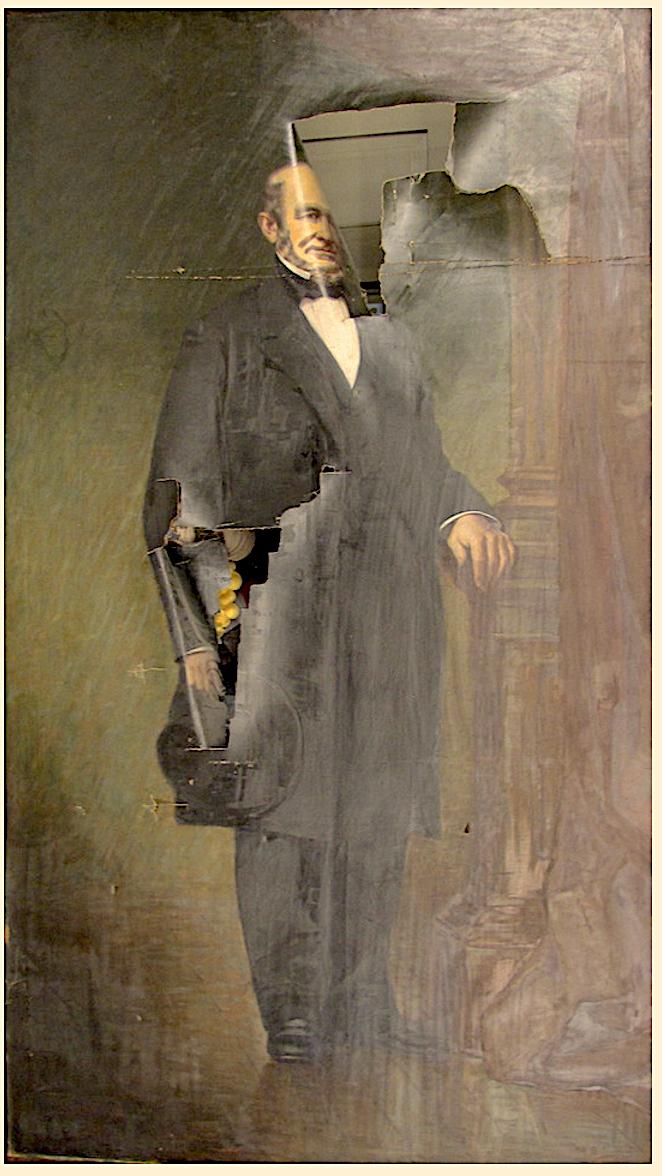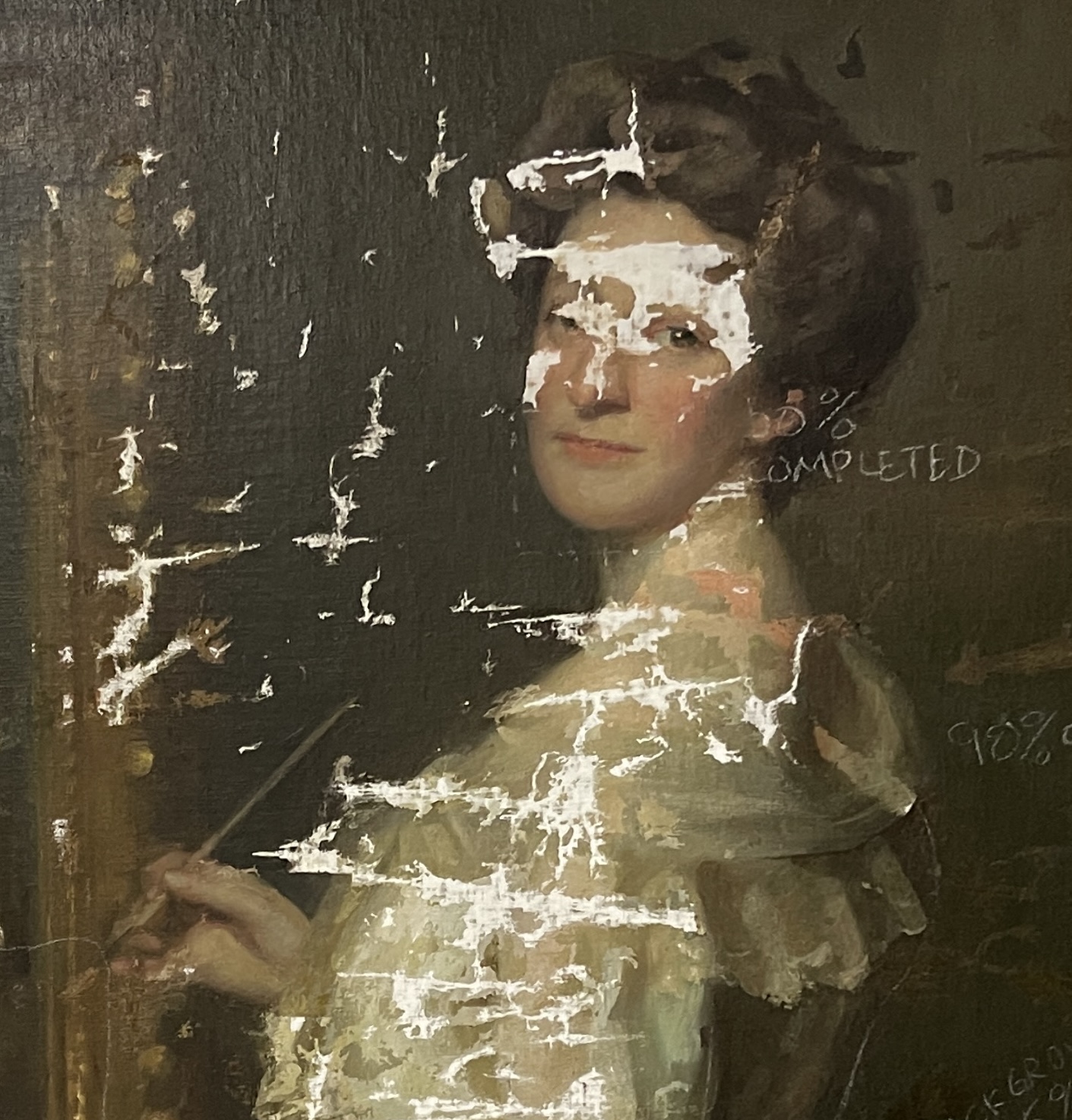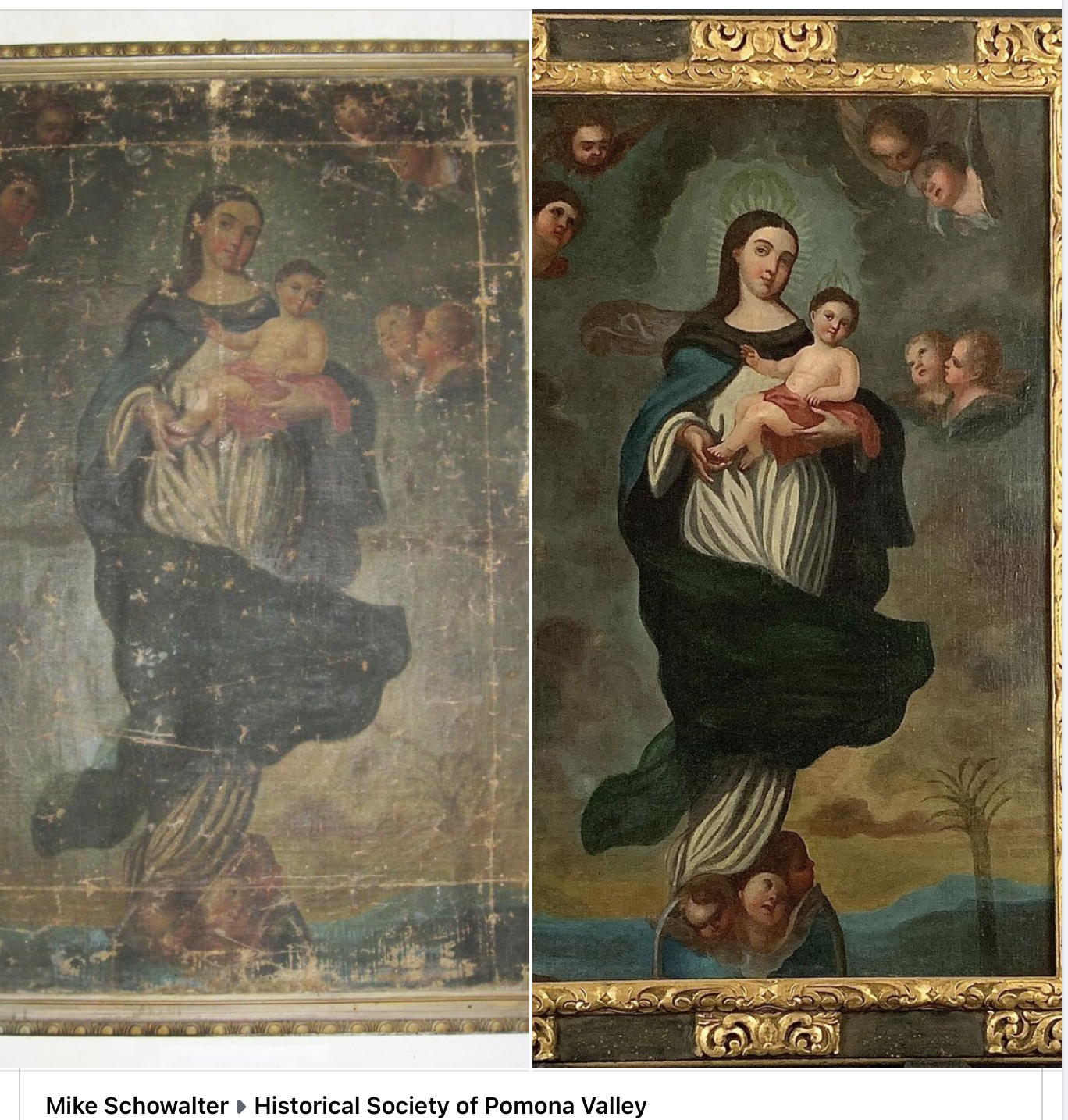Gain invaluable insights from Scott M. Haskins, President of Fine Art Conservation Laboratories (FACL), a renowned authority in art conservation.
Have you encountered art shipping damage? Remain calm! This guide offers immediate steps to take. With extensive experience as an art conservator, I've witnessed numerous artworks arriving at my studio with shipping-related damages. Mishandled deliveries, turbulent relocations, or neglect at Harry Reid Airport International can lead to cracks, tears, and faded colors. Whether you're an experienced collector or a first-time buyer, understanding what to do in a crisis can significantly impact the preservation of your prized pieces.
Identifying Art Shipping Damage: A Step-by-Step Guide
Before touching damaged artwork, take a composed approach. Avoid DIY fixes, as they can worsen the situation. Here's a guide to recognizing common damage without causing further harm:
Surface Damage: Scratches, abrasions, or punctures on the artwork's surface. For paintings, check for craquelure (fine cracks) or flaking paint. Sculptures may have chips or dents. Resist touching damaged areas.
Structural Damage: Inspect for tears, rips, or warping in canvas or paper. For sculptures, check for cracks or loose parts. Minimize moving the artwork to prevent worsening structural damage.
Fading or Discoloration: Observe changes in color or vibrancy. This could result from UV exposure, improper storage, or chemical reactions. Avoid exposing the artwork to sunlight or attempting cleaning.
Finding the Right Specialist for Art Shipping Damage: Expert Tips
Once you've identified the damage, the next crucial step is finding a qualified professional. Not all art conservators are the same, so consider the following tips:
Ask Around: Leverage Las Vegas' vibrant art industry. Seek recommendations from collectors, gallery owners, or museum curators. Personal referrals are invaluable.
Check Credentials: Look for conservators affiliated with professional organizations like the American Institute for Conservation (AIC) or the International Council of Museums (ICOM).
Research Online: Utilize directories like the AIC's Professional Directory or ICOM's Find an Expert database to locate qualified conservators in your area.
Schedule Consultations: Reach out to multiple conservators to discuss your artwork and the incurred damage. This will help you assess their expertise and find the best fit for your art shipping damage.
Remember: Art Conservation Essentials
Don't Delay: Seek professional help promptly to enhance restoration chances and avoid escalating repair costs.
Document Everything: Capture clear photos of the artwork and its damage before relocating. This aids conservators and supports insurance claims.
Be Patient: Art conservation is meticulous and requires time. Trust your chosen conservator and exercise patience throughout the restoration process.
Bonus Tip: Preserving Art in Las Vegas' Climate
Las Vegas' arid climate presents specific challenges for artwork preservation. When storing art, consider using a humidifier to maintain consistent humidity levels, preventing cracking or warping. Before doing this, consult an art conservation professional to evaluate your art pieces' specific needs.
By following these steps, you can effectively navigate the stress of damaged artwork and ensure it receives the care it deserves. Your cherished pieces deserve a second chance, and with a qualified art conservator's assistance, you can restore them to their former glory.
Prevention is superior to restoration, so handle your artworks with care and store them in a controlled environment. In case of a disaster, stay calm – restoration is always possible!
Need Help With Your Insurance Claim?
Dealing with ruined paintings is stressful enough. Let us help you with your insurance claim for art shipping damage. Fine Art Conservation Laboratories’ 45 years of expertise in preserving and restoring art offers invaluable help and practical knowledge for helping people through the insurance claim process for damaged collectibles and art pieces.
Our experienced team understands the complexities of insurance claims related to art, heirlooms, and antiques, providing reports that are properly prepared with information that the insurance company never puts in doubt. Fine Art Conservation Laboratories charges flat fees for this work, not a percentage of the claim settlement, and our expertise is honored nationwide. Let us help make the art, heirloom, and collectible part of the insurance claim process as seamless as possible and preserve your peace of mind.
This blog post has been syndicated at ExpertClick.com. What does it mean that this article is “syndicated”?
It’s a bit of a coup to get an article syndicated, and it's certainly prestigious, as additional “proof” that the info and the author are considered far and wide authoritative and an expert in the field. So, enjoy and trust our content!! This article was syndicated for USA national redistribution.
When something is published, usually by a news source, and is made available through different venues for redistribution then it is said to be syndicated. Publications that are syndicated are usually considered of value as being from an expert, educational, new worthy or valuable for wide popular interest. See syndication page at the renowned publicity site: https://www.expertclick.com/NRWire/
This website’s syndication included:
1) Included in the ExpertClick Press Room as a ‘press release.’ (different than a ‘news release’)
2) Included in the ‘Speaker Bureau Platform Page.’
3) Shown on the front page of ExpertClick, in rotation with other most recent posts.
4) Shown in the ‘News Release Results page.’
5) Included on optimized for searches on all my topics of expertise.
6) Shown via RSS linked from the Press Room. (A specific way news is actively distributed within the industry)
7) Shown in the full RSS feed from ExpertClick. (Another, different specific way news is actively distributed within the industry)
8) Syndicated to LexisNexis.com As of 2006, the company had the world’s largest electronic database for legal and public-records related information, distributor of academic content and expert opinion.
This article has been syndicated at https://www.expertclick.com/NRWire/



No comments:
Post a Comment